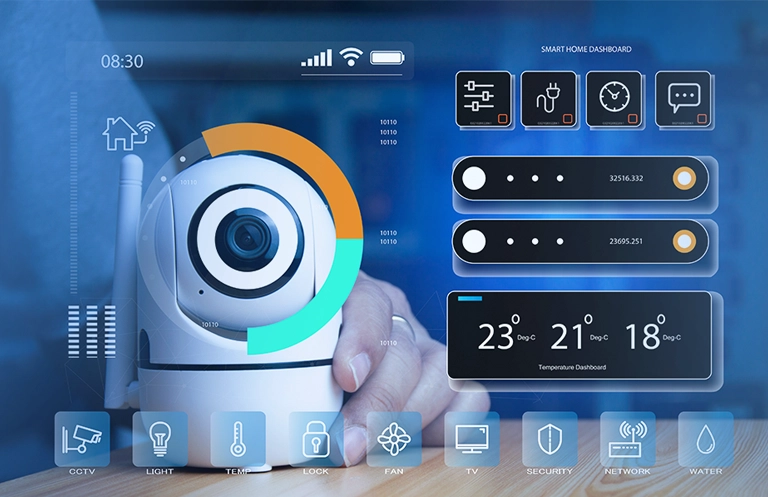The projected growth in the wearable devices market is 18.4 percent with 274.6 million units expected to be sold in 2016, generating potential revenues worth $28.7 billion (source: Gartner). In 2015, 39.5 million U.S. adults, 18 and over used some form of wearable devices (eMarketer). That growth will continue at a steady pace, with 81.7 million adults expected to use wearables by 2018, the research firm says.
In another defining trend, wearable devices have started moving beyond their primary association with smartwatches to include trendy new products. This was most evident at the recent CES 2016 show in Las Vegas where wearable gadgets virtually dominated event proceedings with an endless display of next range smartwatches, fitness trackers, sensors, virtual reality and augmented reality headsets, also known as smart glasses. In addition to the lifestyle and luxury segment, wearables are finding increased use in the healthcare segment with end applications such as heart rate monitors, defibrillators, asthma management, back pain relief outfits, and smart contact lenses.
Qualcomm has been at the forefront of wearable devices market adoption right from the beginning, considering that virtually all Android wearable devices produced today are power-driven by the Snapdragon processors.
In the smartwatch segment, one of the challenges with existing models is that they don’t really offer the best in-terms of battery life and “always-on” connectivity. Qualcomm Snapdragon processors are set to change that by spearheading the next era in SoM design for wearable devices, especially in terms of die-size reduction, which makes the platforms smaller, more powerful and efficient, making it more compatible for next wave of wearable technologies. Optimized to meet the unique power and size requirements of wearable devices, Snapdragon processors are expected to provide multiple connectivity options (Wi-Fi, LTE and more) in addition to high performance computing with a combination of CPU, GPU, DSP, and sensors.
 Leveraging Snapdragon 410 processor, eInfochips has developed Eragon 410, an ultra-small (26mm x 35mm x 2mm) System-On-Module. The SoM interfaces with the carrier via state-of-the art, edge castellation to provide a vibration-proof design. It can act as a building block for a wide range of wearable products which require low power consumption and connectivity while providing solid processing power. eInfochips is already engaged with a wearable device customer in
Leveraging Snapdragon 410 processor, eInfochips has developed Eragon 410, an ultra-small (26mm x 35mm x 2mm) System-On-Module. The SoM interfaces with the carrier via state-of-the art, edge castellation to provide a vibration-proof design. It can act as a building block for a wide range of wearable products which require low power consumption and connectivity while providing solid processing power. eInfochips is already engaged with a wearable device customer in
designing their next-generation smartwatch leveraging this SoM.
eInfochips offers engineering services to companies looking for the development of complex systems. With 1500 professionals, eInfochips has contributed to 500+ products for global companies across USA, Europe and Asia. In addition to Eragon modules and development kit, we have a strong team of Qualcomm experts who have experience in technologies like Trepn™ Profiler(for performance and power consumption of Android applications), AllJoyn® Intelligent Proximal Connectivity, Qualcomm Vuforia™ Augmented Reality Platform, FastCV™ Computer Vision (CV) Library, Qualcomm Micro Rover 3D printable robot, to offer engineering services for your next-generation Qualcomm based product development.
For more information on eInfochips’ Snapdragon capabilities, you can write to us at marketing@einfochips.com













